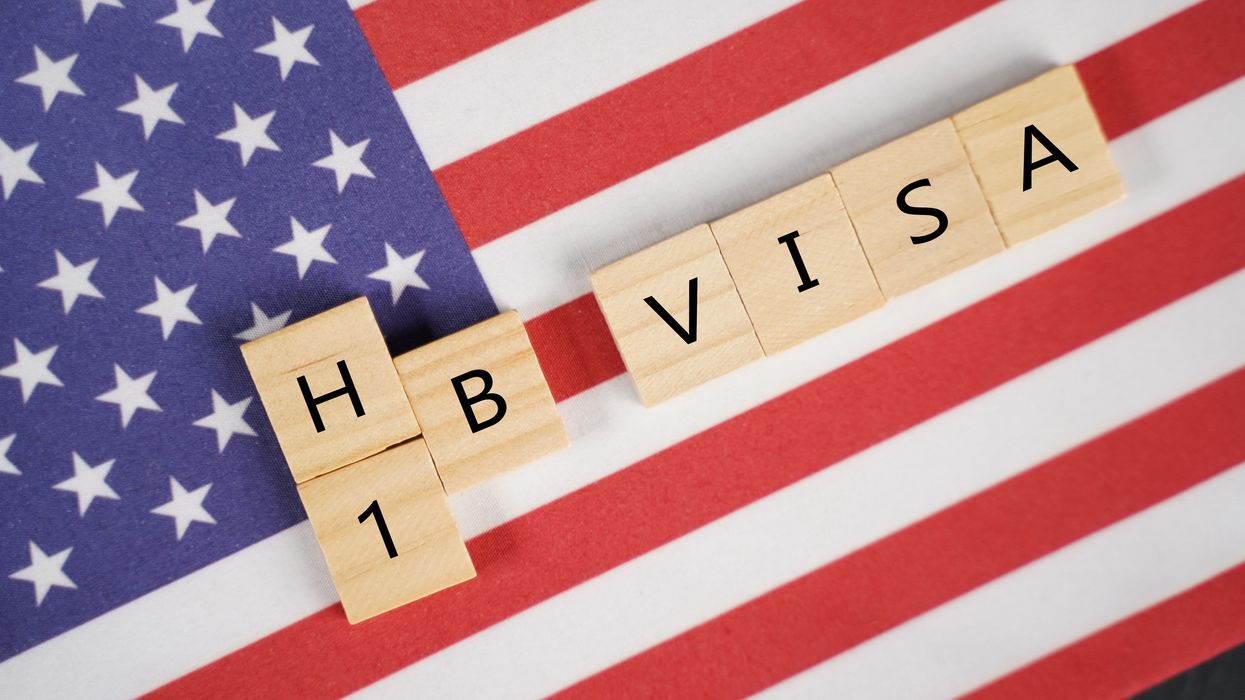British prime minister Theresa May's Brexit secretary and other ministers quit one by one on Thursday (15), striking at the heart of a draft divorce deal with the European Union she is struggling to save.
Just over 12 hours after May announced that her team of top ministers had agreed to the terms of the draft agreement, Brexit minister Dominic Raab and work and pensions minister Esther McVey quit, saying they could not support it.
Their departure and the resignations of two junior ministers shakes May's divided government. Raab is the second Brexit secretary to quit over May's plans to leave the European Union, the biggest shift in British policy in more than 40 years.
By leaving now, some suggested that Raab could be positioning himself as a possible successor to May.
"Above all, I cannot reconcile the terms of the proposed deal with the promises we made to the country in our manifesto at the last election," Raab said.
"This is, at its heart, a matter of public trust," Raab said. "I cannot support the proposed deal."
Less than five months until Britain leaves the EU on March 29, the resignations put May's Brexit strategy in doubt.
EU leaders are ready to meet on November 25 to sign off on the divorce deal, or Withdrawal Agreement, but the drama is in London with some lawmakers openly questioning whether the government will survive.
One eurosceptic lawmaker in May's Conservative Party said more colleagues were either putting in letters to trigger a no-confidence vote in her leadership or were increasingly minded to do so.
A challenge is triggered if 48 Conservatives write such letters. May could be toppled if 158 of her lawmakers vote against her.
Britain's opposition Labour Party said the government was "falling apart".
"Theresa May has no authority left and is clearly incapable of delivering a Brexit deal that commands even the support of her cabinet, let alone parliament and the people of our country," said Jon Trickett, a member of Labour leader Jeremy Corbyn's senior team.
Customs Union
Raab, 44, was appointed to the role of Brexit secretary in July this year following the resignation of his predecessor David Davis, who also quit in protest at May's Brexit strategy.
At the heart of Raab's criticism of May's deal was the belief that the pursuit of a customs union with the EU would be the "starting point" for talks on the future relationship with the bloc, "severely prejudicing" what Britain could achieve.
He said May's plan threatened the integrity of Britain and he could not support an indefinite backstop arrangement - to prevent a return to a hard border on the island of Ireland - where the EU had a veto over Britain's ability to exit.
The backstop arrangement to come into force if a future trade deal does not prevent the return of a hard border between the British province of Northern Ireland and EU-member Ireland has long been the main obstacle not only to a deal with the bloc but to any agreement of her top ministers.
Northern Ireland's Democratic Unionist Party, which props up May in parliament had already threatened to pull its support from the government if the backstop meant the province was treated differently from the rest of mainland Britain.
"No democratic nation has ever signed up to be bound by such an extensive regime, imposed externally without any democratic control over the laws to be applied, nor the ability to decide to exit the arrangement," Raab said in his resignation letter.
"That arrangement is now also taken as the starting point for negotiating the Future Economic Partnership. If we accept that, it will severely prejudice the second phase of negotiations against the UK."
Eurosceptics in May's party have long feared that the prime minister was leading Britain towards a customs union with the EU, something, they say, would mean a Brexit in name.
Nigel Dodds, the Democratic Unionist Party's deputy leader, welcomed the resignations, praising the ministers for standing up for "the Union".
Reuters












